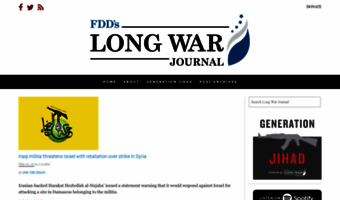

Note the obliteration of all natural features. Royal Marine Artillery Artillery in actionĪrticle: How the British artillery developed and became a war-winning factor in 1914-1918Īrticle: The development of Trench Mortar BatteriesĪrticle: Artillery communication letter codes Royal Air Force aerial photographs of an enemy village taken before and after a prolonged period of bombardment. Home anti-aircraft defence units and Anti-Aircraft Sections and article Development of Anti-Aircraft Artillery Artillery trainingĭepots, training and other home-based units Royal Marine Artillery Mountain Batteries of the Royal Garrison Artillery Siege Batteries of the Royal Garrison Artillery Heavy Batteries of the Royal Garrison Artillery

It was armed with heavy, large calibre guns and howitzers that were positioned some way behind the front line and had immense destructive power. From 1914 when the army possessed very little heavy artillery it grew into a very large component of the British forces. Trench mortar units Royal Garrison Artilleryĭeveloped from fortress-based artillery located on British and Emoire coasts. The lighter mortars were manned by the regiments of infantry, while the RFA provided the manpower for the heavier mortars. It was organised into brigades.ĭuring the war, the army (through technical development and joint working) was also able to deploy trench mortars, a whole new form of artillery developed to meet the unusual conditions of war on the Western Front. The most numerous arm of the artillery, the horse-drawn RFA was responsible for the medium calibre guns and howitzers deployed close to the front line and was reasonably mobile.

Units of the Royal Horse Artillery Royal Field Artillery The Royal Horse Artillery was armed with light, mobile, horse-drawn guns that provided firepower in support of the cavalry and in practice supplemented the Royal Field Artillery. The Royal Regiment of Artillery at the time of the Great War comprised three elements: Royal Horse Artillery Found in the war diary of the 1/8th Battalion of the Middlesex Regiment. A Special Order of the Day issued on the 200th anniversary of the establishment of the Royal Regiment of Artillery. Military historian John Terraine in his excellent White Heat – the new warfare 1914-18. “The war of 1914-18 was an artillery war: artillery was the battle-winner, artillery was what caused the greatest loss of life, the most dreadful wounds, and the deepest fear”. This section of the Long, Long Trail will be helpful for anyone wishing to find out about the history of the units of the British artillery.


 0 kommentar(er)
0 kommentar(er)
